Introduction: The Enigma of Raw Tremella fuciformis Salad
In the vast culinary landscape of Asia, particularly in China, Tremella fuciformis, commonly known as white fungus or silver ear, holds a unique and esteemed position. This delicate, translucent edible fungus is renowned for its nutritional benefits, including its rich content of polysaccharides, vitamins, and minerals. Often featured in soups, desserts, and stir-fries, Tremella fuciformis is celebrated for its ability to enhance skin health, boost the immune system, and promote overall well-being. However, one particular preparation method has sparked debate and curiosity among food enthusiasts and home cooks: the notion of serving Tremella fuciformis salad without cooking.
This article delves into the intricacies of preparing Tremella fuciformis, examining whether it is indeed safe and advisable to consume it raw in salad form. By exploring the nutritional, microbiological, and culinary aspects of Tremella fuciformis, we aim to dispel any misconceptions surrounding its preparation and highlight the best practices for enjoying this remarkable ingredient.
Nutritional Benefits and Traditional Uses of Tremella fuciformis
Before diving into the debate about raw consumption, it’s crucial to understand the nutritional profile and traditional uses of Tremella fuciformis. This edible fungus is prized for its high polysaccharide content, particularly a type called tremellan, which has been studied for its immune-modulating and anti-inflammatory properties. Additionally, Tremella fuciformis is a good source of dietary fiber, vitamins such as D2, and minerals like potassium and calcium.
In traditional Chinese medicine (TCM), Tremella fuciformis is considered a ‘tonifying’ herb, used to nourish the lungs and stomach, moisturize the skin, and promote longevity. It is often included in herbal decoctions and dietary supplements aimed at improving overall health and vitality. Its gentle, sweet flavor and ability to absorb flavors make it a versatile ingredient in various dishes, from soups and porridges to desserts and stir-fries.
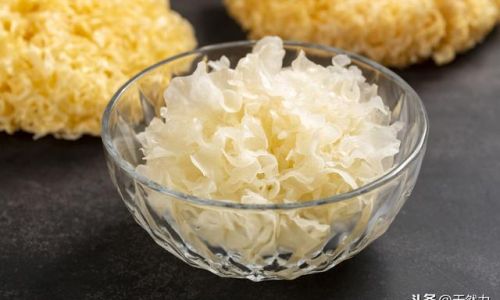
The Raw vs. Cooked Debate: Safety and Microbiology
The question of whether Tremella fuciformis can be safely consumed raw in salad form touches upon fundamental principles of food safety and microbiology. While some foods, such as certain vegetables and fruits, are inherently safe to eat raw due to their low moisture content and natural defenses against microbial contamination, others, including mushrooms and fungi, may pose risks when consumed uncooked.
Tremella fuciformis, being a type of fungus, grows in natural environments that can harbor various microorganisms, including bacteria, molds, and yeasts. These microorganisms can pose health risks if the fungus is not properly cleaned and prepared before consumption. Cooking Tremella fuciformis, typically through boiling or steaming, effectively reduces the microbial load, making it safer to eat.
Moreover, the process of cooking alters the structure of Tremella fuciformis, making its polysaccharides more bioavailable. This means that cooked Tremella fuciformis may offer better nutritional benefits compared to its raw form, as the heat helps break down complex carbohydrates into simpler, more easily absorbed forms.
Culinary Practices and Texture Considerations
From a culinary perspective, Tremella fuciformis presents unique challenges and opportunities when preparing it raw versus cooked. In its raw state, Tremella fuciformis has a rubbery, almost gelatinous texture, which some may find unpleasant or off-putting. Cooking transforms this texture into a softer, more tender consistency that is more palatable and better suited for a variety of dishes.
In traditional Chinese cuisine, Tremella fuciformis is often cooked for extended periods, especially in soups and desserts, to allow its flavor and nutrients to fully infuse into the dish. This slow cooking process also helps to soften the fungus, making it easier to chew and digest.
On the other hand, modern culinary trends have experimented with raw Tremella fuciformis in salads and other raw preparations, aiming to capitalize on its unique texture and appearance. However, these preparations typically involve soaking the Tremella fuciformis in water or a flavored liquid to improve its taste and texture before incorporating it into the salad. Even in these cases, the soaking process serves as a basic form of cleaning and partial softening, though it does not provide the same level of microbial reduction as cooking.
Preparation Techniques for Safe and Delicious Tremella fuciformis Salad
If you are inclined to try Tremella fuciformis in salad form, it is essential to adopt safe preparation techniques to minimize the risk of foodborne illness. Here are some steps you can follow to ensure your Tremella fuciformis salad is both safe and delicious:
-
Source Quality Ingredients: Begin by purchasing Tremella fuciformis from a reputable supplier that ensures the product is free from contaminants and has been properly dried and stored.
-
Thorough Cleaning: Rinse the Tremella fuciformis under cold running water to remove any dirt, debris, or potential microbial contaminants. Use a soft brush or your fingers to gently scrub the surface if necessary.
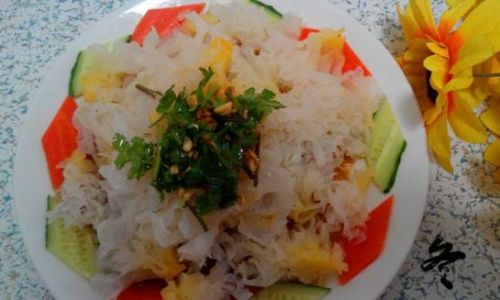
-
Soaking: Soak the cleaned Tremella fuciformis in cold water for several hours or overnight. This step helps to soften the fungus and improve its texture. Change the soaking water at least once during this period to further reduce the risk of microbial growth.
-
Blanching (Optional): For added safety and texture improvement, consider blanching the Tremella fuciformis in boiling water for a brief period (30 seconds to 1 minute). This step will kill any remaining microorganisms and further soften the texture. After blanching, rinse the Tremella fuciformis under cold water to stop the cooking process.
-
Flavor Infusion: To enhance the taste of your Tremella fuciformis salad, soak it in a flavored liquid such as infused tea, fruit juice, or a light vinegar solution after cleaning and soaking. This will add depth of flavor without compromising safety.
-
Chill and Serve: Once prepared, refrigerate the Tremella fuciformis until ready to use in your salad. Combining it with fresh vegetables, herbs, and a light dressing will create a refreshing and visually appealing dish.
Conclusion: Balancing Tradition and Innovation
The debate about whether Tremella fuciformis can be safely consumed raw in salad form highlights the delicate balance between respecting traditional culinary practices and embracing innovation in food preparation. While the allure of raw Tremella fuciformis salad may appeal to those seeking novel textures and flavors, it is crucial to prioritize food safety and nutritional benefits.
By following safe preparation techniques, such as thorough cleaning, soaking, and optional blanching, you can enjoy the unique texture and appearance of Tremella fuciformis in salad form while minimizing the risk of foodborne illness. Ultimately, the decision to consume Tremella fuciformis raw or cooked should be guided by an understanding of its nutritional properties, microbiological considerations, and personal preference for texture and flavor.
In the end, Tremella fuciformis remains a versatile and nutritious ingredient that can enrich a wide array of dishes, whether prepared traditionally in cooked form or innovatively in raw preparations. By respecting its unique properties and adopting safe practices, you can fully appreciate the culinary and health benefits of this remarkable edible fungus.
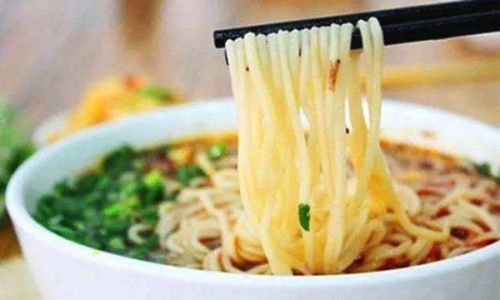
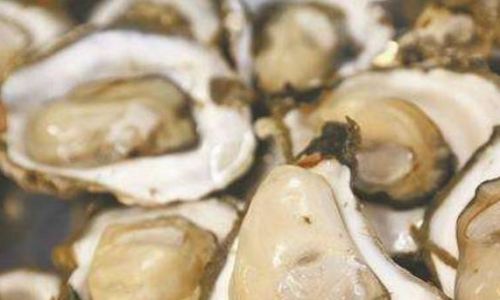
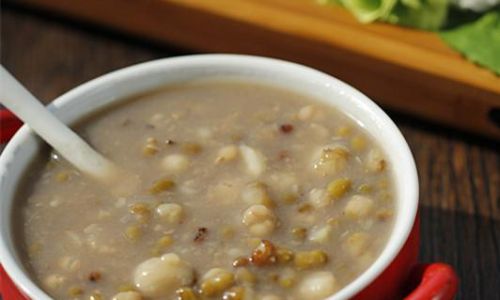
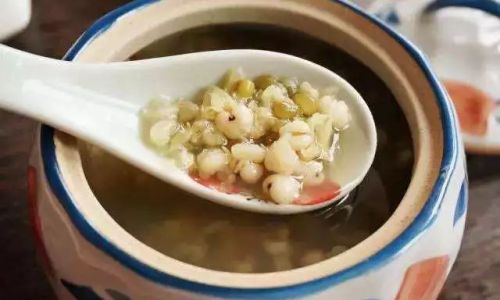
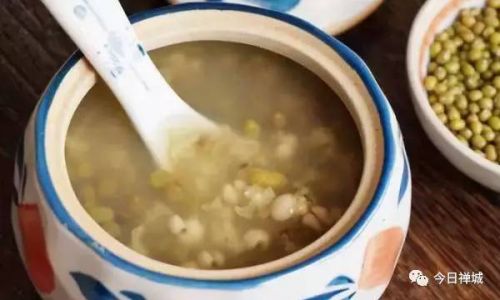
0 comments